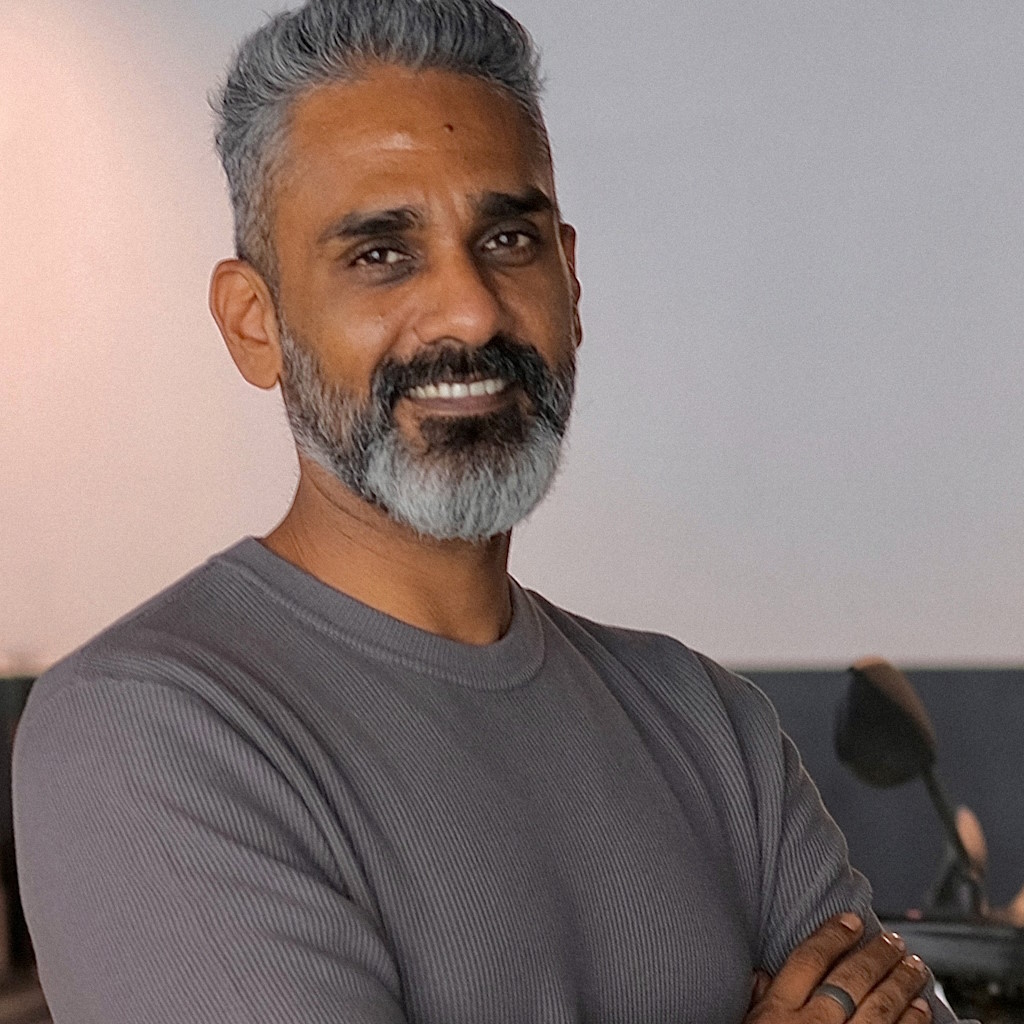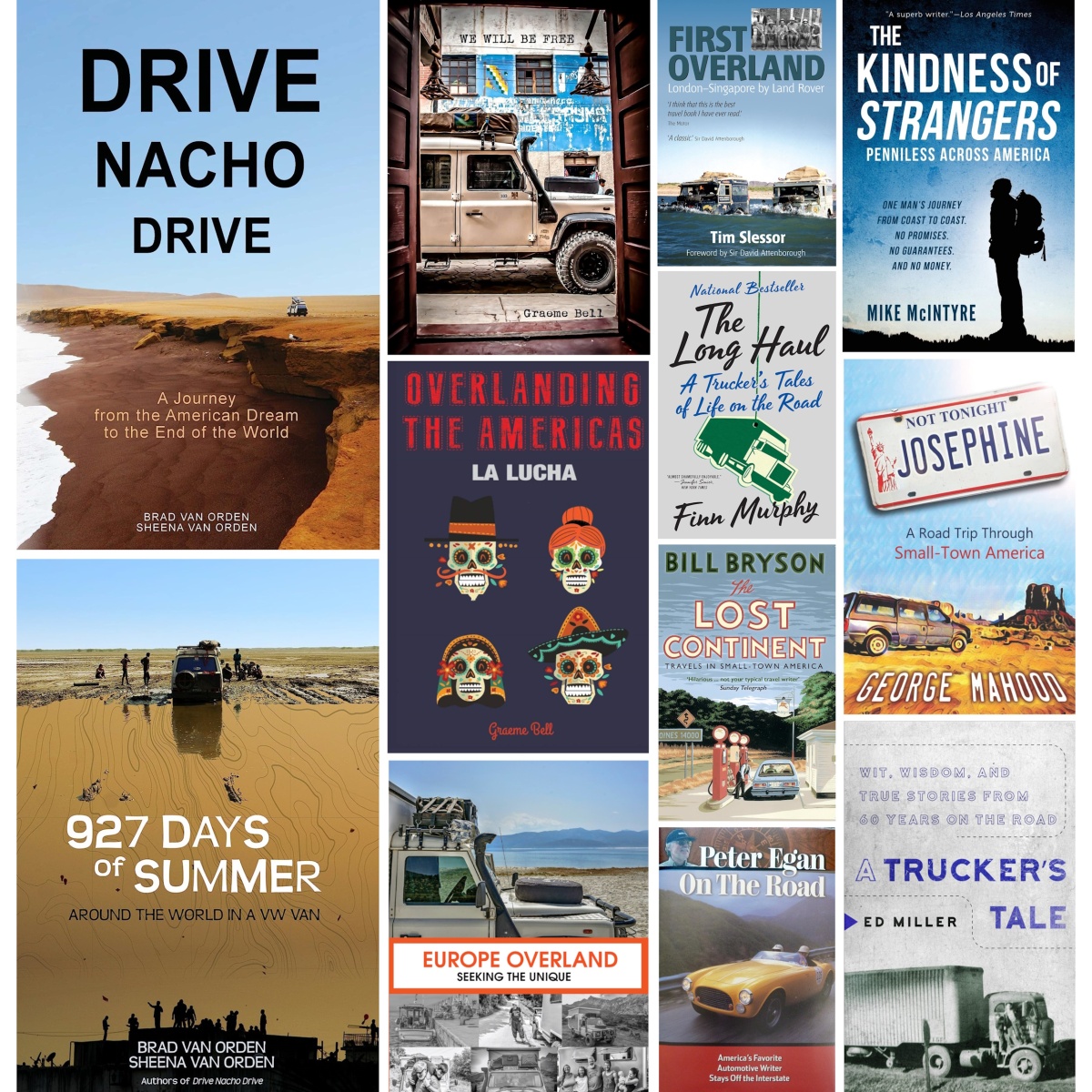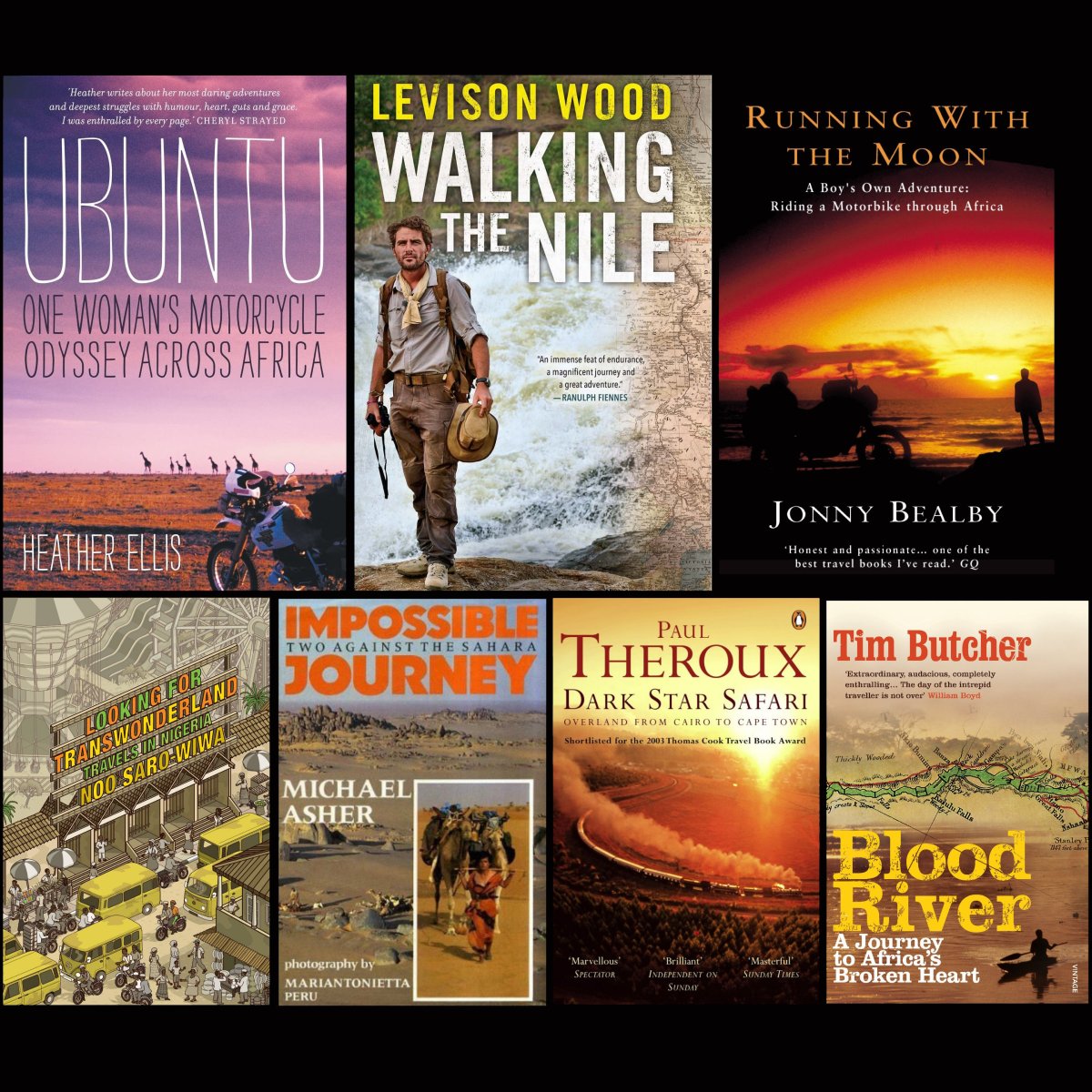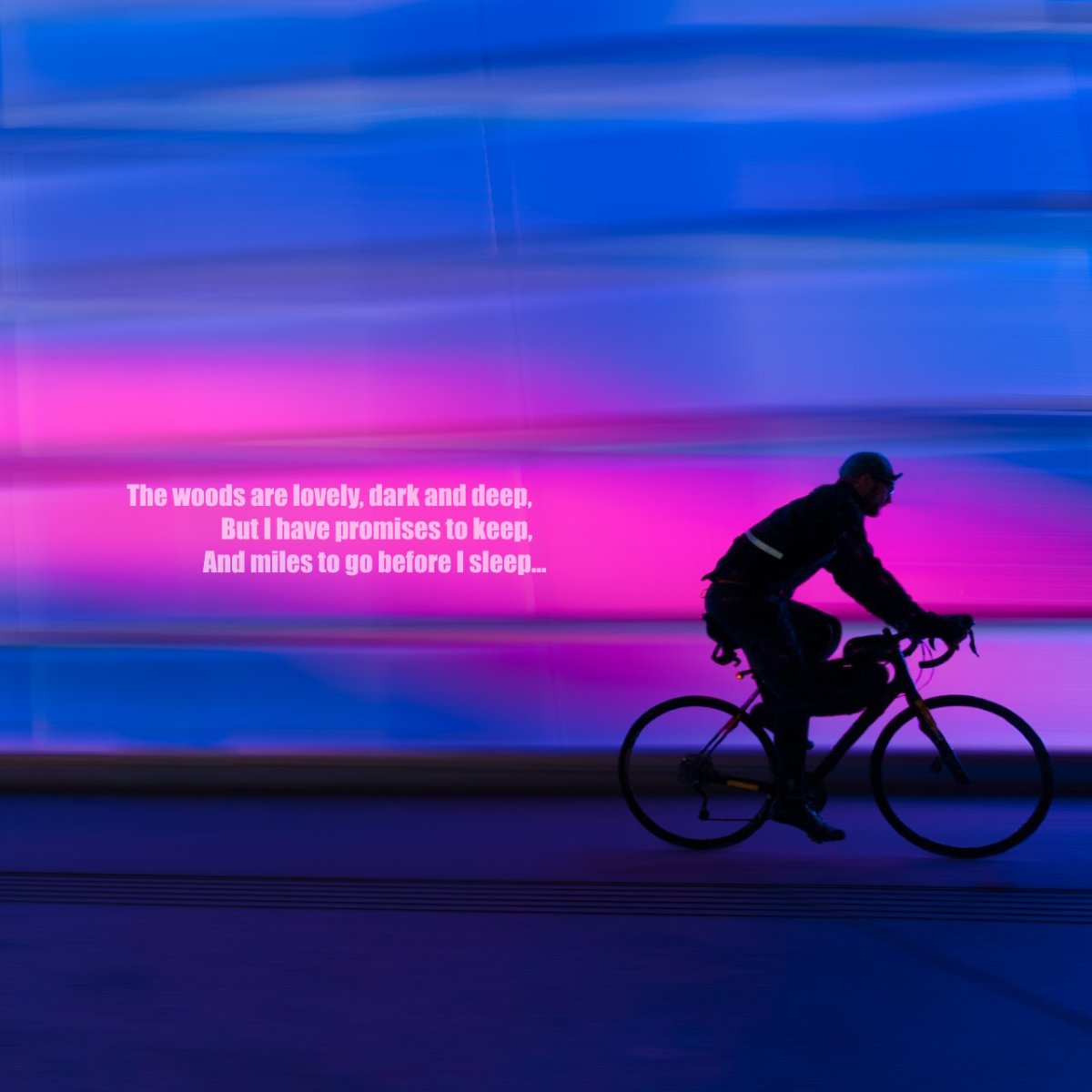With close to 16 million units sold in financial year 2022-23, India is one of the biggest two-wheeler markets in the world – we love our scooters and motorcycles like few other countries anywhere else on the planet. Sixteen million units. That’s a lot of buying decisions. That’s millions of people deciding what to buy from among the dozens of scooters and motorcycles currently available in the Indian market. For most buyers, getting a two-wheeler is a fairly big-ticket purchase – something that’ll take a hefty chunk of their savings and/or a substantial EMI. So, clearly, an important decision. You can’t afford to get it wrong. That’s where motorcycle journalists come in – professionals who test and review scooters and motorcycles, and provide a comprehensive report at the end of it, telling prospective buyers what’s good and not so good about each machine, so they can make a well-informed decision.
Motorcycle journalism is a valuable service, especially for buyers who choose to ride relatively higher-end bikes and consider factors other than just fuel economy. And when we speak of motorcycle journalism in India, there is one man who towers above everyone else. Shubhabrata Marmar. A Goliath amongst an army of tiny little Davids. A hawk amongst sparrows. Why is that, you may ask. It’s because in acuity of thought, depth of understanding and clarity of articulation, ‘Shumi’ (as he is universally known in the motorcycle world) is so far ahead of everyone else, the others aren’t even in the same game, though most of them probably haven’t realised that just yet. With him, there’s no faff, no fluff, no regurgitation of manufacturer-fed press material, and a complete absence of bullshit in any form or shape. Instead, you get hard, straightforward facts, recounted in his trademark straightforward style, often laced with a bit of dry humour and a hint of irony for good measure. Utter brilliance.
As a motorcycle journalist, Shumi has worked with leading magazines and websites for more than two decades and last year he launched MotorInc, on YouTube, where he has already amassed more than 150,000 subscribers. Among other things, Shumi is also an ardent reader and has a keen interest in books. We caught up with him for a chat and asked him to share his thoughts on the state of automotive journalism in India, the books he reads and his favourite authors.
BooksFirst: Let’s start at the beginning. You studied Town Planning at the School of Planning and Architecture, in New Delhi, but later chose to work in automotive journalism in Bombay. How did that happen? Was the move from Delhi to Bombay a bit of a culture shock? Tell us a bit about the early years with Business Standard Motoring? Any memories that particularly stand out from those days?
Shubhabrata Marmar: I hopped from a potential career in town planning, which frankly looked dull, to working in software for urban planners – I’ve always been good with computers. And then I discovered that all of my money was going into motorcycles. I went from one to three motorcycle in the space of a few months. It reminded me of something someone had told me earlier about passion becoming the job, and I wrote Bijoy Kumar Y, the editor of Business Standard Motoring an email. This worked out. So, I quit my software job, shipped my bikes and hopped on a train to Mumbai. They told me I could either test cars or bikes, but not both. In hindsight, I’m thankful because I find most cars deathly boring and the 900bhp cars I do find interesting I’ll probably never be able to afford.
Delhi to Mumbai was a pretty intense culture shock. The people at BS Motoring were very focussed on pointing out when I reverted to saying or doing ‘Delhi’ things as it were. And I suppose today people I meet find it hard to believe that I was born, educated and worked in Delhi for nearly 25 years before I moved to Mumbai. That should mean that there is a difference in culture. To me, the biggest difference is that Mumbai works quite hard at getting things done whereas Delhi seems to dawdle quite a bit.
The early years were fun because BS Motoring was a quality magazine in terms of the writing and ideation but it reached a tiny audience compared to its rivals. This allowed to me work on my stories, improve my writing skills, which other higher-pressure magazines would probably have given me less latitude with. I also had a team of amazing writers and storytellers to work with, which further inspired me, and forced me to up my game. The other advantage of a small team also was that all parts of the magazine process were open to participation and ownership, which I took full advantage of and learnt as much as I could.
I suppose my strongest memory of BS Motoring is that we were a small team, worked like dogs, behaved like underdogs – which we were – and it was a family-like environment; we were constantly in Bijoy’s house, with and without excuse. It wasn’t easy to move on to the next job I took, eight years later.
Were books – and the reading habit – an important part of your growing-up years? What books did you like reading when you were in school and in college? Given your love for motorcycles, did you read a fair number of motorcycle-related books and magazines back then? Would you like to name some of your favourite books and authors from those days? Any books and/or magazines that particularly inspired you to get into automotive journalism?
Yes. My sister and I had our own rooms in the government quarter we called home more or less through school and college. And I was lucky enough to have the room with the built-in shelves, which were packed with books – dad and mum are both teachers and books were everywhere. We weren’t rich but books were the one thing for which we seemed to have an unlimited budget. In hindsight, I suppose I’m a voracious reader and the lack of a phone and the Internet were a boon. So apart from school stuff, I read everything I could lay my hands on. The NCERT library was accessible thanks to Mum and that was fully used as well.
At this point though, motorcycles weren’t a thing yet. There wasn’t much literature on them and there were no magazines to spend money on either, on a regular basis. The motorcycle obsession didn’t start till a classmate got a bike in Class XI and I wanted one very badly as a result. Obviously, my parents were very clear on this – if I wanted one, I had to buy myself one with my own money.
In college, my exposure to books grew. And I found Ayn Rand pretty interesting in the sense of her idea of how to operate in the world seemed to sit well with mine. So almost all of her fiction and non-fiction was consumed. And I still do read The Fountainhead and Atlas Shrugged now and then, even today. The only other books I remember from this time are Arthur Hailey’s fictionalised but detailed accounts of various industries – Airport was a clear favourite. And there’s a whole bunch of Robert Ludlum, Frederick Forsyth etc. in there, but I’m shocked to realise, not a lot of Michael Crichton. I wouldn’t discover non-fiction as something that appealed to me until much later.
Automotive reading came much later. But the one article that definitely had a major impact was written by Neville Jal Darukhanawala in Car & Bike International. It was the road test of the Suzuki Shogun. I think I was in love with the article as much as with the Suzuki Shogun – which I never did acquire – and I think I read that article until the magazine literally disintegrated. If mum decides to do a spring clean today, I would not be surprised at all if that copy shows up in an old box in my parents’ house.

Pic credit: Pramukh Bajaj/Indimotard
Automotive magazines, websites and video/YouTube – you’ve done it all over the last 20+ years. What are your views on how automotive journalism in India has changed and evolved over the last two decades? In what major ways has the rise of the Internet impacted print media? Is print (specifically, automotive magazines and weekly newspaper supplements) still relevant at all? Will print still be around in a few years or is it on the deathbed already?
I think the democratisation of opinion-based journalism has created more voices but that almost automatically implies that the quality, veracity and clarity of what’s being said has become hard to establish. There’s just so much noise that I think people struggle to understand what’s going on, as well as who to listen to. That noise has also created a generous amount of cynicism which stems from the inability to tell real content from misguided or promoted opinion.
The flip side is that I love the idea that so many people are so invested in the idea of having an automotive lifestyle. So, it’s not all doom and gloom. I don’t even think the print format will die, really. I firmly believe that the guys still working in print need to rethink their basics. They need to answer the question, why would anyone make the effort to acquire a magazine (the Internet appears free-to-consume, although we know that it is not). And what kind of content or magazine would make people delighted to put in that work and surrender their phones temporarily.
I don’t believe that answer is it cannot be done. I think the answer is that the time for a sea change in print publication has come.
Print will never again be a dominant form of communication in terms of news/features and what have you, but I do believe that the depth of print is irreplaceable, and what can and should go into print has changed. This is the insight that eludes the brands that persist in continuing to use formats invented in the ’70s with little to no change to adapt to today’s audience.
In recent years, a large number of people have started automotive blogs and websites where they claim to ‘test’ and ‘review’ cars and bikes. The vast majority of such reviewers seem to be ill-equipped and inadequately prepared, in terms of having the right skills and possessing sufficient knowledge that would allow them to offer any relevant or useful perspective, for all the ‘testing’ they claim to do. As a result of this, most content produced seems to be dull, of very poor quality and, often, factually incorrect. What is your view of this situation? Do you think there should be some checks and balances – and perhaps mandatory training of some sort – before people can be allowed to test/review cars and bikes? Can automotive OEMs have a role to play in this (in the context providing test vehicles to only those media outlets that are suitably qualified)?
I believe putting up barriers is the worst way to improve a thing. It assumes that the intelligence on the part of the incumbents is low, and they must be treated with boundaries, barriers and what have you. Now, if you don’t put up the barriers, then obviously chaos ensues. But to me, the idea that someone needs to be in charge of correctness and factual accuracy etc. is not just a mammoth task, I don’t think it is required.
In every field, there’s been chaos at the beginning and eventually the cream has risen to the top. I don’t believe there are any exceptions to this. I believe this is true for automotive content creation too. We’re in a boom of sorts and everyone’s putting in a lot of effort, as shallow as some of it is, to create content. This draws a larger audience towards motorcycles and cars, which is not a bad thing. Some of the content will be wrong, some advice will be horrifically off-base and all that drama will play out.
But I think we should treat the audience as adults too. They must eventually be responsible for whose advice they took, who they chose to believe and who, therefore, they need to ignore. That check and balance system, as chaotic and slow-moving as it appears, will right itself.
This is also true for OEMs who are handing out vehicles to, as you put it, all and sundry. If they give fast things to unskilled content creators, things will go wrong. Very few organisations allow the same mistakes to keep happening. So, either the content creator will raise their level, or the OEM will raise the level you must reach to have access.
I understand that the chaos is probably harmful in the short term, but I also believe that arbitrary lines in the sand can be their own source of chaos too. And that trying to regulate a spread out, diffuse and vast field of work is effort that could be spent on other things that might be more beneficial in the long run for society itself.
I’ve no doubt that clarity and quality will rise to the top no matter what the chaos level is. I’m quite happy to wait for it to settle down.
Given the perceived ‘glamour’ associated with supercars and superbikes, a lot of people aspire to get into automotive journalism these days. What advice would you give to them? Also, how can print-era journalists still stay relevant in the age of the Internet? Do they need to develop a whole new set of skills?
I’d tell all aspiring automotive journalists to get real. To fundamentally understand that there are no easy jobs, if you’d like to excel at that job and rise to the top. Automotive journalism is a communication-related job and while it’s fun to test cars and bikes, your real job is to be able to tell people how a vehicle will fit into their lives today, tomorrow and beyond. It’s less glamourous than it looks and it is harder work that it appears. As it is with most professions in India where passion is a reason for people to be in those jobs, the pay is less and the work is a lot. Anyone who’s not afraid to work hard should be able to crack it. Anyone who thinks they know a shortcut won’t be able to hack it.
As for print-first automotive journalists, I think it’s easy to be led to believe that you must reinvent yourself for the online world. I don’t think this is true. Authenticity is what’s missing in the noise and re-inventing your persona, to me, doesn’t add authenticity. These journalists were communicators first and the online world is also a communication medium. I would tell them to be honest to themselves and stick to what they do best. To ask for help in the same way they did at the beginning of their careers – help in structuring content better, with making the videos look and feel better… the basics. If they can hammer out stunning, well-structured, articulate articles, being able to tell that story in video form should not stump them. Anyone who thinks they can be relevant by staying on-trend online is signing up for a gig where they must pivot to whatever is new and trending for the moment. It’s terrifyingly hard to follow, harder still to achieve. But as much as everyone likes the idea of a breaking new trend, the world is powered by the stuff that endures, not the fleeting.
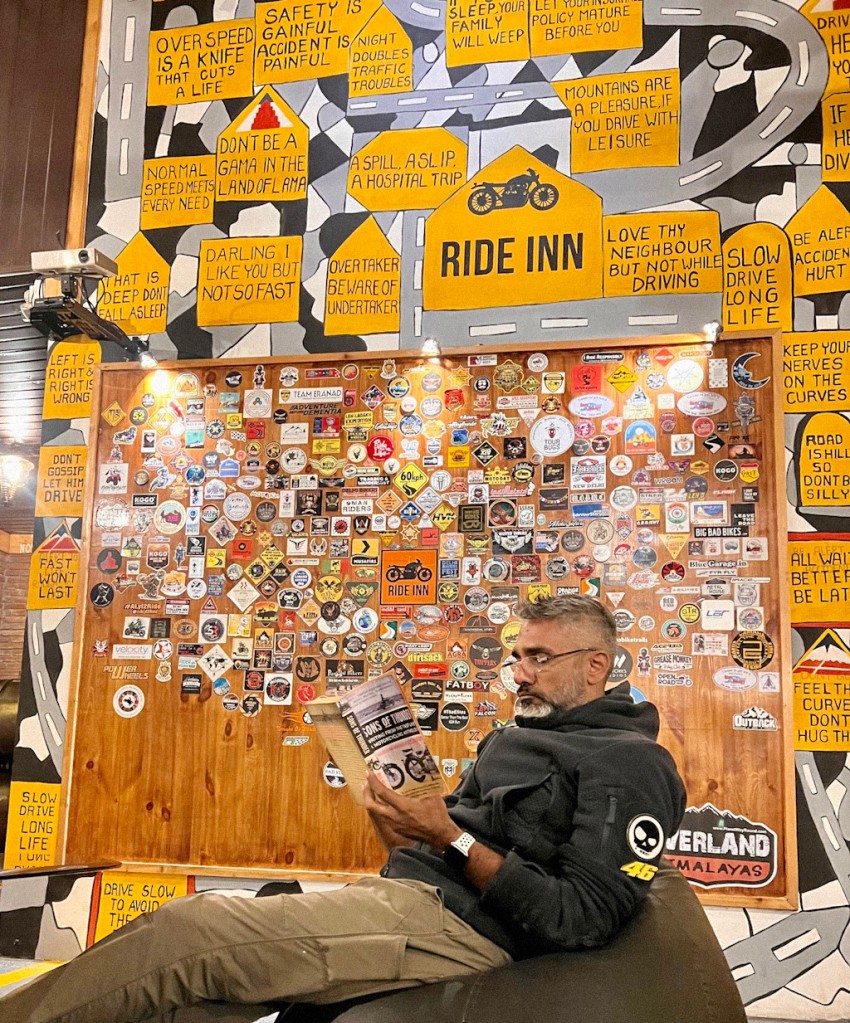
Tell us about MotorInc, which is now about a year old. How did the idea for doing this come about? For the videos you do, you have chosen a format that’s refreshingly different from the ubiquitous, run-of-the-mill car/motorcycle videos that most others seem to be doing. What made you move away from those kinds of videos and decide on the format that you’ve used at MotorInc? When you first decided on the format that you’d be using, was there ever a concern about it perhaps being a risk when compared to conventional car/bike videos, which often depict loud, sometimes dramatic audio-visuals of cars sliding, bikes wheelie-ing, engines thundering and, inevitably, anchors laughing maniacally? If yes, has that risk paid off?
MotorInc is less than a year old and it was born out of a group of close friends discussing what’s next. Two of whom were getting ready to move out of the country and settle elsewhere. It was born in a moment of inspiration and impulse and sense of this-feels-right. But within a day or two things got very serious and we were working out the actual plan for the work ahead. We were clear that we wanted to create an organisation that goes out of the way to help drivers and riders enjoy their vehicles more. And that creating meaning for people was very important to all of us. Obviously, starting with cars and bikes plays to our strengths but the goal is to improve lives, and society if we can, for which we aren’t afraid to venture farther afield.
One thing led to another and that discussion led to MotorInc being born. This group had impressive automotive as well as non-automotive expertise. That allowed us to rethink how we do content, what it needs to contain and who it’s useful for… all of the absolute basics from zero again. We had the privilege of having the time to think from first principles which is why, I suppose, MotorInc looks so different from the norm in clarity, presentation, content mix, as well as quality.
Was there a risk involved? I suppose there was. But we were pretty clear about what it takes – we simply cannot imagine which audience would reject clear, world-class quality content. That’s our aspiration as well as inspiration: clear content MotorInc viewers can use in their lives, presented at a quality level that’s high above anything else right now.
Now, while you have moved away from print – and the written word – and are now fully immersed in video, do you still enjoy reading books and magazines? How have your tastes in reading changed and evolved compared to what they may have been 20-25 years ago? What kind of books do you like to read now? Any favourite genre? Favourite authors? Most favourite motorcycle-related books of all time? Actual, physical books or something like the Kindle?
I still read loads! At any time, I usually have at least two books I’m in the middle of. I like to play with non-fiction and fiction books so that when I switch between the two, I don’t get lost. I find myself reading a lot more non-fiction now, but I’ve a huge (and likely growing) soft spot for science fiction. I read as much motorcycle content as I can find, but motorcycles books are a surprisingly small world outside of travel-related writing.
As I write this, I’m in a design reading phase. So, I’m reading design theory books right now, and some science fiction on the side. Given how much I read, as much as I still do own physical books – I’ll even buy physical copies of books I’ve finished reading an electronic copy of, so two purchases in effect, if I am really impressed – but I’ve moved completely to digital books. I used an eInk reader for a while but moved back to an iPad Mini, which with the brightness turned nearly down to zero replicates the low strain that the eInk setup is supposed to. It also means that I can carry around the 10-15 books I’m likely to read, without adding a carton to my daily carriage as it were – and since I’m on a motorcycle near constantly, paper books just don’t cut it for me.
My favourite motorcycle book is The Perfect Vehicle by Melissa H Pierson. It talks about all the feelings you feel when you ride but didn’t know how to put into words. Pierson does a stellar job of it. Other good ones include collections of Kevin Cameron’s columns (Top Dead Center is the name of the series) as well as his books on motorcycle technology, the famous one being Sportsbike Performance Handbook. On the motorcycle racing side, the auto/biographies of Mick Doohan, Valentino Rossi, John McGuinness and Michael Dunlop are good reads. In the motorcycle travel genre, there’s tons of good stories. Lois Pryce writes good books but there are a lot of options.
I just realised that I’ve also grown a soft spot for mountaineering books and have read a whole bunch of books ranging from Jon Krakauer (famous but slightly controversial) to older accounts of other climbs. I’m not sure why but something about the solitary struggle of the climber seems to strike a chord.
Any books that are on your must-reads list for the remaining months of this year?
I honestly don’t have a must-read list. I just have a must-be-reading state. So, I’m always buying new books and moving around. And I’m quite happy to read so I’m content to wander around the spectrum. I was reading about artificial intelligence a few months ago and I’d like to read more on that. There’s a bunch of SF Masterworks titles that are on my radar too. And at the moment, I’ve a collection of tech books I stumbled upon that touch a variety of subjects from online fraud to experience design. I wish I had a clear list but I’m happy to bounce from book to book without a plan.

Pic credit: Powerdrift
Any books that you’d like to recommend to BooksFirst readers?
Humankind, by Rutger Bregman. If this doesn’t restore your faith in humanity, nothing will.
Empty Planet: The Shock of Global Population Decline, by Darrell Bricker and John Ibbitson. I really enjoyed reading this and it made me think about a lot of the assumptions we hear and make without questioning their basis. The core idea – that educating women improves the world – is a powerful thing to take away.
The Ends of the World, by Peter Brannen. A chronicle of mass extinctions on Earth. A fun read that puts you firmly in your place.
The Proud Highway, by Hunter S Thomson. These are a collection of letters from Hunter Thomson to various people (mostly his editor). The way Thomson uses English beggars belief. Whenever I read through this, my writing improves. Temporarily.
Murderbot (series), by Martha Wells. I know BooksFirst doesn’t prefer fiction but anyone who likes Sci-Fi and hasn’t discovered Murderbot needs to know this. One of the best SF reads I’ve ever had the pleasure of laughing with.
Daemon and Freedom, by Daniel Suarez. Science fiction, but so good, especially Daemon, that I’ve read this story multiple times.
Any recommendations that specifically pertain to motorcycle-related books?
From Para to Dakar, by Joey Evans. The gritty, uplifting story of an off-road rider who returns from paralysis to taking part in the hardest race on Earth. It’s a great read, Evans is funny and massively inspirational.
The Perfect Vehicle, by Melissa H Pierson. Everything you’ve felt about riding motorcycles put into the most delicious words.
The Science of the Racer’s Brain, by Otto Lappi and Alan Dove. Very interesting reading about how our brains work in the motorsport environment. This book finishes too early!
Race Tech’s Suspension Bible, by Paul Thede. The clearest book on motorcycle suspension I’ve ever read.
Sportsbike Performance Handbook, by Kevin Cameron. The clearest book on how motorcycles work that I’ve ever read (don’t get distracted by the title.)
Top Dead Center and Top Dead Center 2, by Kevin Cameron. Two collections of technical and motorcycle technology columns that will blow you away with the clarity of thought and description.
She’s a Bad Motorcycle, by Geno Zanetti. A powerful collection of essays and excerpts on motorcycles and motorcycling. Zanetti’s collection is wide-ranging as well as beautiful. Absolutely love this book! Also look for Sons of Thunder, by Neil Bradford. Not as good, but more easily available.
Riding Man, by Mark Gardiner. An older motorcyclist decides to go racing. So, he heads to the most dangerous race on Earth, the Isle of Man TT.
Zero to Sixty, by Gary Paulsen. A cancer diagnosis doesn’t usually lead people to ride motorcycles. But this is a wonderful story because it did.
Stealing Speed, by Mat Oxley. An account of how motorcycle technology was espionaged from East Germany to Japan. What a great story!
Holeshot
The one motorcycle you’d buy today, if there were no constraints whatsoever: I’d love to get my first Yamaha RD350, Fera, back. But at the dream end of the spectrum? I think I’d rather acquire more experiences today than a specific motorcycle, if constraints were removed, really.
The motorcycle(s) you’ve always dreamt of riding, but haven’t yet been able to ride: Yamaha RD500 and TZ750.
Your most favourite motorcycle journalists (can be Indian or foreign), whose work you love and who’ve inspired your own work in motorcycle journalism: Kevin Cameron and Peter Egan of Cycle World. Kartikeya Singhee at MotorInc. Ari Henning of Revzilla.
In MotoGP, what do you enjoy watching more – two-stroke 500s of the 1980s/1990s, or modern-day four-strokes: Two-stroke 500s in 4K would be killer!
Between Mick Doohan, Valentino Rossi, Casey Stoner and Marc Marquez, who’s the most talented MotoGP rider ever: It’s kind of hard to say because they’ve all done the impossible. But if pulling crowds is to be counted as a part of their talents, then Rossi towers over them all.
If you had one week to ride across Europe, which motorcycle would you choose: My Ducati Multistrada V4 S will do nicely.
If you love high-quality automotive content, we recommend you subscribe to MotorInc on YouTube

